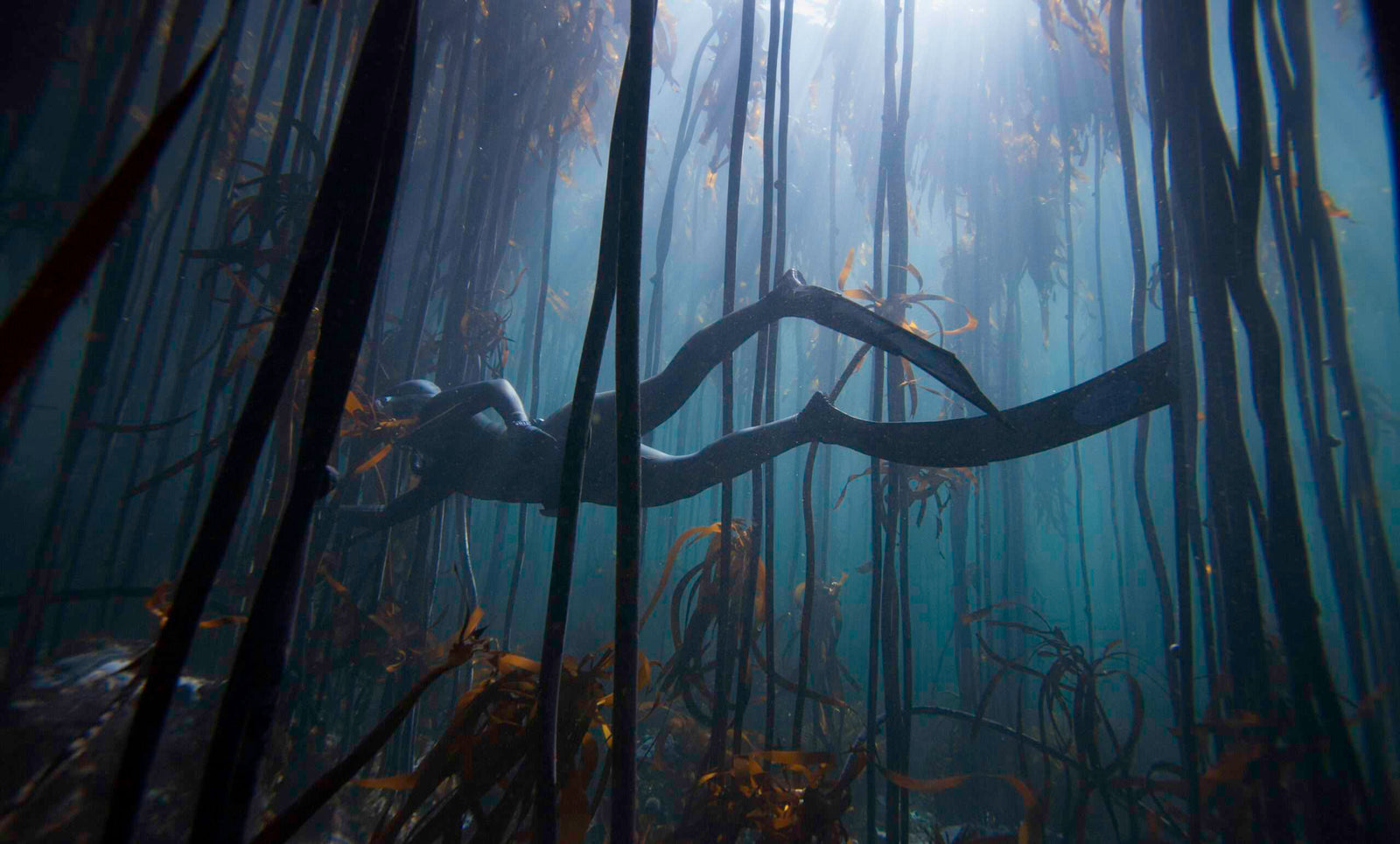L'apnée, également connue sous le nom de plongée en apnée, est une forme de plongée sous-marine où le plongeur retient sa respiration plutôt que d'utiliser un appareil respiratoire ou un équipement de plongée sous-marine. C'est un sport unique et exaltant qui gagne en popularité dans le monde entier. Il nécessite des compétences, un entraînement et une bonne forme physique, mais il peut être pratiqué par des personnes de tous âges et de tous horizons.
L'apnée est souvent associée aux sports extrêmes car elle implique de repousser les limites de l'endurance humaine et d'explorer les profondeurs de l'océan. Cependant, il est important de noter que l'apnée peut être pratiquée à n'importe quel niveau, du loisir à la compétition, et peut être pratiquée dans divers environnements, notamment les piscines, les lacs et l'océan.
Les principes de base de l'apnée impliquent de maîtriser l'art de retenir sa respiration pendant de longues périodes de temps tout en explorant différentes profondeurs. Des techniques de respiration appropriées et de relaxation sont essentielles pour réussir en apnée. En contrôlant leur respiration et en ralentissant leur rythme cardiaque, les apnéistes sont capables de conserver l'oxygène et d'augmenter leur endurance sous l'eau.
Il existe plusieurs types d'apnée, chacun avec son lot de défis et de récompenses. Certains des types d'apnée les plus populaires incluent :
- Apnée statique - Ce type d'apnée consiste à retenir sa respiration le plus longtemps possible tout en restant immobile dans une piscine. C'est un test d'endurance mentale et physique qui nécessite beaucoup de détente et de concentration.
- Apnée dynamique – Dans ce type d'apnée, le plongeur nage horizontalement sous l'eau aussi loin que possible tout en retenant sa respiration. Cette épreuve requiert à la fois endurance et technique pour réussir.
- Poids constant - Ce type d'apnée consiste à descendre à une profondeur spécifique puis à revenir à la surface en utilisant uniquement la force de son propre corps. C'est le type d'apnée le plus difficile et il nécessite beaucoup de compétences et d'entraînement.
- Immersion libre - Ce type d'apnée consiste à se hisser le long d'une ligne lestée puis à revenir à la surface en utilisant la même ligne. Il s'agit d'un type d'apnée plus lent qui nécessite à la fois de la force physique et mentale.
L'apnée peut être une activité dangereuse si elle n'est pas pratiquée correctement. Il est donc important de recevoir une formation adéquate et de toujours plonger avec un binôme. En plus des risques physiques associés à la plongée sous-marine, il faut également tenir compte des risques environnementaux, tels que les courants forts, la vie marine et la visibilité.
Malgré les risques, l'apnée peut être une expérience qui change la vie. Elle permet aux gens de se connecter à l'océan d'une manière qui est impossible avec la plongée sous-marine ou avec tuba. L'apnée procure un sentiment de liberté et de paix difficile à décrire et peut conduire à une appréciation et une compréhension plus profondes du monde naturel.
L'apnée est également un outil important pour la recherche scientifique, car elle permet aux scientifiques d'étudier l'océan et la vie marine d'une manière qui serait impossible avec un équipement de plongée traditionnel. L'apnée permet aux chercheurs d'observer la vie marine sans perturber son habitat naturel ou son comportement, et elle peut conduire à des découvertes et à des connaissances importantes sur l'écosystème océanique.
L'apnée est un sport passionnant et stimulant qui offre une perspective unique sur le monde sous-marin. Avec un bon entraîneur et un équipement essentiel, elle peut être pratiquée en toute sécurité par tous, quel que soit l'âge et le niveau de compétence. Que vous soyez un débutant cherchant à explorer les profondeurs d'une piscine locale ou un plongeur expérimenté cherchant à repousser les limites de l'endurance humaine, l'apnée offre une expérience enrichissante et inoubliable.

